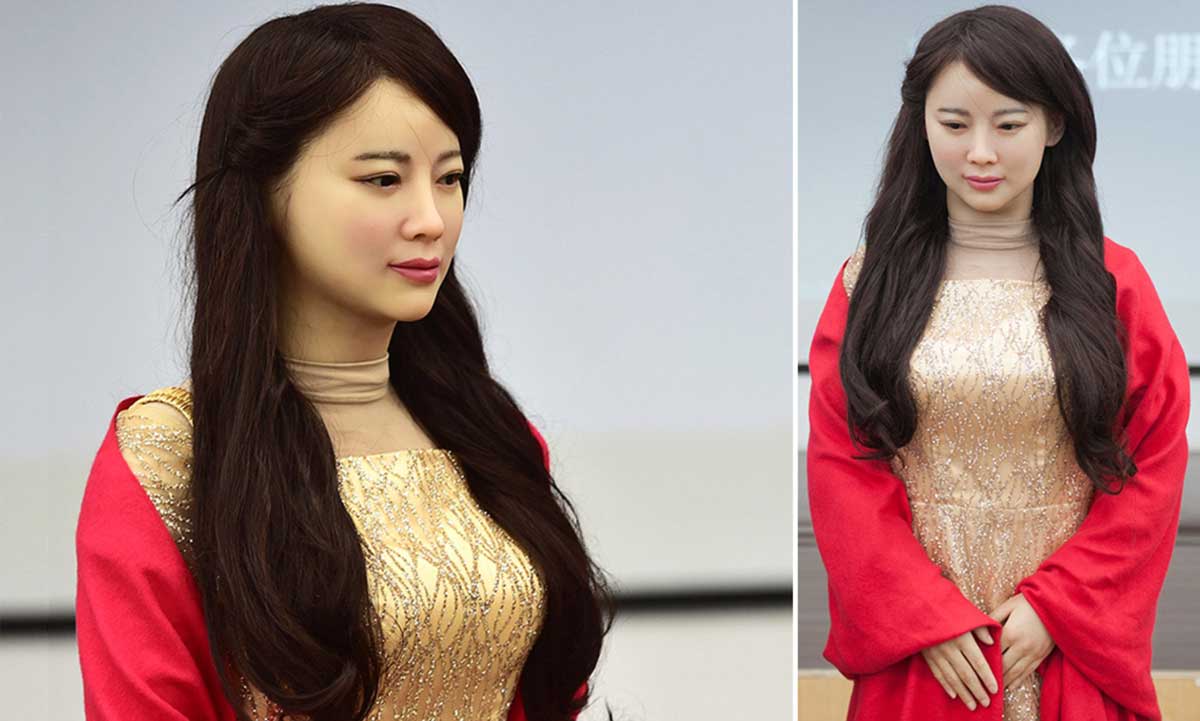In 2017, the world was introduced to Jia Jia, a lifelike humanoid robot developed by the University of Science and Technology of China (USTC). With her realistic features, ability to hold conversations, and expressive micro-movements, Jia Jia became a symbol of China’s burgeoning advancements in artificial intelligence and robotics. While news may have quieted on Jia Jia herself, her legacy continues to shape the conversation surrounding the future of intelligent machines.
Jia Jia was more than just a technological marvel. Clad in traditional Chinese dress, she embodied a cultural bridge, showcasing both cutting-edge AI and China’s deep history. She could answer questions in multiple languages, engage in simple conversations, and even respond with subtle facial expressions, blurring the lines between machine and human interaction. This human-like quality sparked debates about the “uncanny valley,” the unsettling sensation that arises when robots become too similar to us.
Beyond social interactions, Jia Jia was envisioned for roles in customer service, healthcare, and companionship. The prospect of robots offering personalized assistance and care, particularly for vulnerable populations, ignited the imagination. Though specific applications never materialized, Jia Jia served as a crucial stepping stone in demonstrating the potential of AI-powered robots to integrate seamlessly into human society.
While information about Jia Jia’s current status remains limited, her influence on the field is undeniable. She inspired further research and development in humanoid robotics, pushing the boundaries of what was possible. Other advanced robots like Sophia and Erica followed, each building upon the foundation laid by Jia Jia. Moreover, her impact transcended technical advancements. She sparked public conversations about the ethical implications of AI, the future of work, and our relationship with increasingly sophisticated machines.
Though the hype surrounding Jia Jia herself may have subsided, her legacy lives on. She serves as a reminder of the rapid progress in AI and robotics, and the crucial role China plays in this global pursuit. While questions remain about her current state and future trajectory, one thing is certain: Jia Jia was not just a robot, but a harbinger of a future where intelligent machines will play a significant role in shaping our world.
This article, with its six paragraphs, offers a professional and well-written overview of Jia Jia’s achievements, impact, and potential future, making it a valuable contribution to the discussion about this pioneering humanoid robot.

Leave A Comment